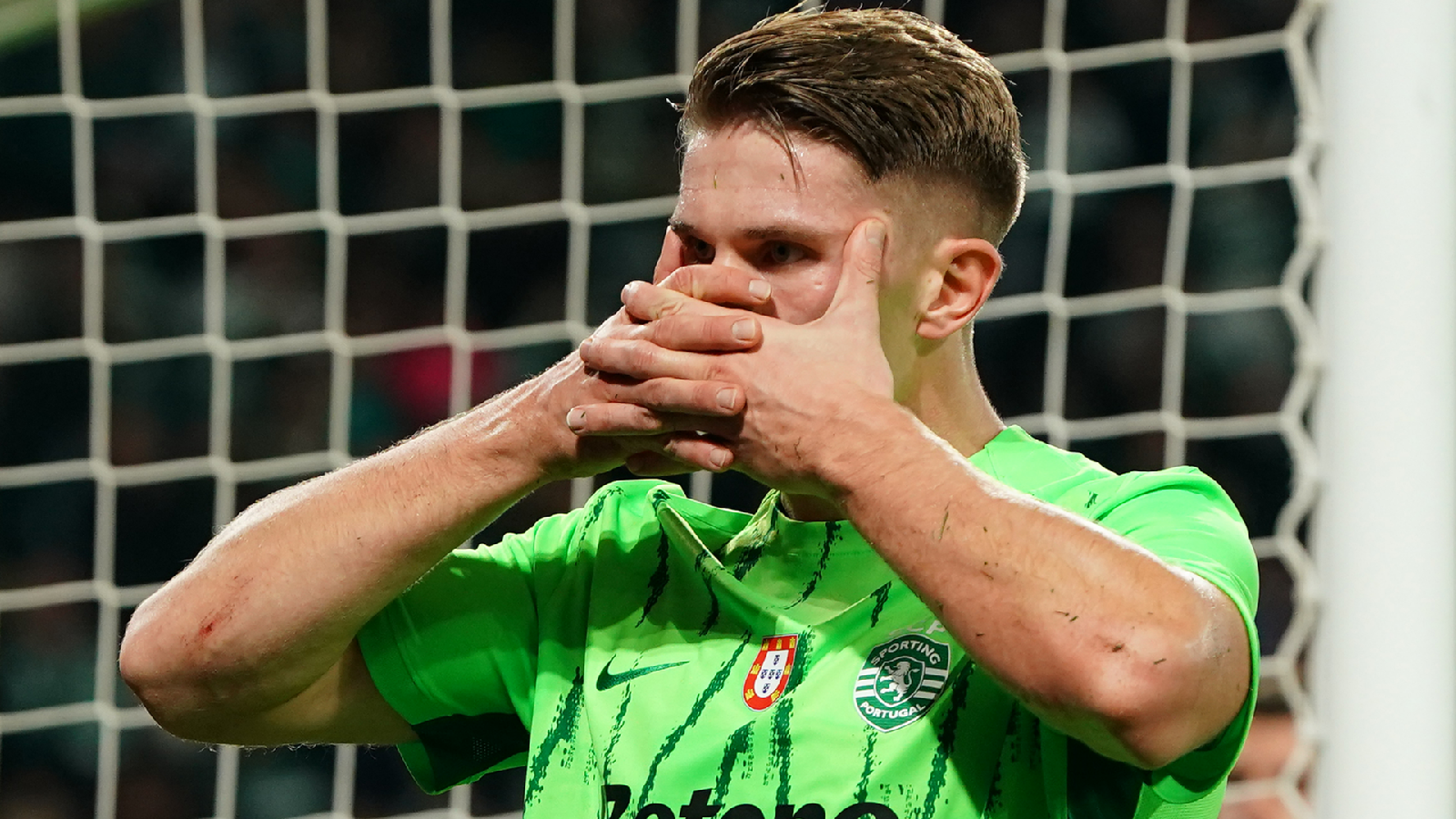How Liverpool's £265m Transfer Blitz Is Financially Possible – And Why Alexander Isak Could Still Join
Liverpool's sudden surge in transfer spending has raised eyebrows across English football. Supporters and analysts alike are questioning how the club—long seen as a paragon of fiscal restraint—has managed to commit £265 million in one window, with the potential for more to follow.
Liverpool’s £265m summer spree isn’t breaking the bank. With smart planning, PSR compliance, and strong revenue, the Reds could still land Isak.
Getty/GOAL
Fenway Sports Group’s approach has often been misunderstood. Rather than operating from a position of financial weakness, FSG have consistently demonstrated a preference for prudence over profligacy. When the right opportunity aligns with long-term planning, they act decisively. The acquisitions of Virgil van Dijk and Alisson Becker in 2018 were seen by many as transformative investments, setting the tone for a new era under Jürgen Klopp.
The current window, however, eclipses any previous outlay. With over five weeks left before the transfer deadline, Liverpool have already committed a record figure. Yet, questions persist: How can they afford this? Is a financial reckoning imminent? Could even more players arrive before September?
Observers may be surprised to learn that Liverpool's financial posture remains robust. According to Kieran Maguire, author of The Price of Football, the club’s structure is not only sustainable—it’s exemplary. At its core, the philosophy prioritises value and unity across the sporting and executive branches. The manager, sporting director, analysts, and board all share the same vision. There’s no internal conflict or splintered agendas.
Maguire explains that despite vocal frustrations from a minority of fans on social media, the Anfield faithful who attend matches largely understand the club's model. The recruitment strategy hinges not on volume, but on marginal gains—buying only when a signing provides a net benefit. This measured, data-led approach continues under Arne Slot, who took over after Klopp’s departure.
Slot's first season served as a case study in calm leadership. Tasked with integrating just one new arrival—Federico Chiesa—he successfully transitioned Ryan Gravenberch into a holding midfield role, an inspired adjustment that helped secure a league title and earned the Dutchman Young Player of the Season honors.
Planning for this window, however, had long been underway. Sporting director Richard Hughes had time to evaluate the squad after settling into his role. The club’s strategy, as journalist Ben Jacobs outlines, involved building overlap—replacing key figures before decline set in. That’s why Liverpool signed Giorgio Mamardashvili while Alisson Becker remained first choice, and Milos Kerkez while Andy Robertson was still starting.
This proactive mindset reflects Liverpool’s overarching goal: to stay ahead of decline. The club understands the cost of stagnation in a Premier League where rivals are rapidly reinforcing. By moving early, they gain a competitive edge, unencumbered by the financial delays plaguing other top clubs.
Their compliance with the Premier League’s Profit and Sustainability Rules (PSR) is a critical factor. Unlike many competitors, Liverpool closed their financial year in May, giving them a clean slate for summer business. With PSR flexibility and a surplus from previous windows—including aborted moves for Moises Caicedo and Romeo Lavia—they were well-positioned to strike quickly.
Deals were structured for maximum efficiency. The signing of Florian Wirtz for a potential British-record £116m was breathtaking in scope—but not reckless. Maguire points out that transfer fees are amortised across the length of a player's contract, making the financial hit manageable. In Wirtz’s case, that equates to around £20m per year on the balance sheet.
Liverpool also quietly recouped significant funds. Academy sales of Caoimhin Kelleher and Jarell Quansah brought in an estimated £42.5m in pure profit. The departure of Trent Alexander-Arnold to Real Madrid eased the wage bill by roughly £200,000 per week. These movements, combined with sponsorship bonuses, Champions League revenue, and Premier League prize money, reinforce a picture of a club operating within its means.
The recent acquisition of Hugo Ekitike for £69m hasn’t closed the door on further additions. On the contrary, reports suggest that more arrivals are expected. One name continues to dominate the conversation: Alexander Isak.
Liverpool’s interest in the Newcastle forward dates back to earlier this summer. Although the arrival of Ekitike seemed to put an end to the speculation, Isak's absence from pre-season fixtures—followed by reports that he wishes to leave—have reignited hopes on Merseyside.
Financially, a deal for Isak is not out of reach. Even if Newcastle were to demand in excess of £120m, Liverpool have the resources and structural capability to make it happen. The departure of Quansah alone offsets a significant chunk of such a fee from a PSR perspective. As Maguire notes, Liverpool’s careful planning ensures they could, if needed, spend another £150m without breaching regulations.
Michael Edwards, returning to oversee football operations, is unlikely to make a rash decision. However, the conditions exist for Liverpool to make one final, transformative signing. If Newcastle become willing sellers, and if Isak remains keen on the move, the pieces may yet fall into place.










Comments
Post a Comment